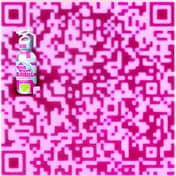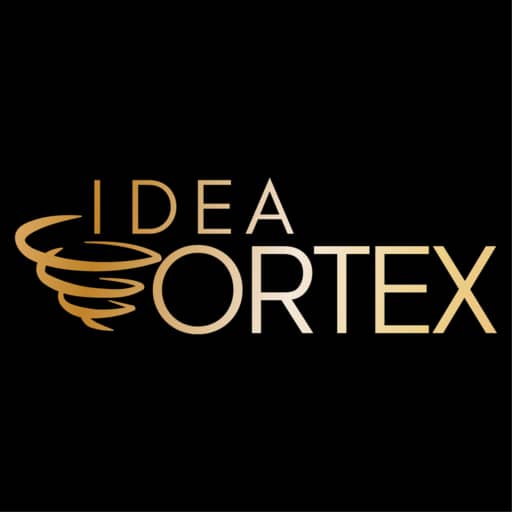Introduction
The pharmaceutical industry is at the cusp of a digital revolution. With the integration of AI, patient care and medication guidance are being transformed. My personal experience with ChatGPT’s shared link feature offers a glimpse into the potential of AI in this sector.
Background/Context
Ensuring accurate medication dosage is crucial for patient safety. Traditional methods rely on printed guidelines, which may not cater to individual needs. AI offers a solution, providing real-time, personalized dosage recommendations.
My Personal Experience
About a decade ago, I devised an invention that aimed to revolutionize the way we interact with information. It was a question-based language platform that utilized QR Codes. At runtime, it executed in an app from scanning compact instructions embedded in the QR code (could run offline), or through a URL and stored user responses. The primary inspiration behind this invention was the challenges associated with prescription dosages. I envisioned a world where individuals could seamlessly access personalized medication guidance without the hurdles of traditional methods.
Fast forward to today, and I see this vision coming to fruition. I recently explored the capabilities of the ChatGPT shared link feature in the realm of pharmaceuticals. By creating a prompt linked to the official Pepto-Bismol dosage webpage, I was able to guide users through a series of questions about their dosage. The AI, after gathering information on age and weight, provided tailored recommendations. The entire process was streamlined by generating a QR code, offering users an innovative, accurate, and interactive method to understand medication dosages. The best part? With the power of AI backing this feature, there’s no need for me to develop an app, making the process even more accessible and user-friendly.
In fact, let the evidence speak for itself! Simply scan this QR code and find out what your dosage would be for Pepto-Bismol. It points to a real Shared Link:

As an exercise, try to make it go in a different direction, like the dosage for a heavy (165lbs) 12 year old and see how it follows the prescribed dosage from the manufacturer.
Expanding the Horizon: Other Applications
- Medication Interactions: AI can guide users about potential interactions between different medications, ensuring safety.
- Symptom Checker: Users can describe their symptoms, and AI can suggest potential over-the-counter remedies or advise seeking medical attention.
- Medication Reminders: AI can send reminders to patients, ensuring they take their medications on time.
Implementation Guide
- Identify the Need: Whether it’s dosage guidance, interaction checks, or symptom analysis, determine the primary need.
- Integrate with ChatGPT: Utilize the shared link feature to create interactive prompts that cater to the identified need.
- User Accessibility: Convert the ChatGPT shared link into a QR code for easy access.
Future Outlook
The fusion of AI and pharmaceuticals promises enhanced patient care, safety, and convenience. As technology advances, we can anticipate even more personalized and interactive solutions.
Conclusion
The integration of AI in pharmaceuticals is not just the future; it’s the present. My experience with ChatGPT’s shared link feature is a testament to the transformative potential of AI in this sector. As we continue to innovate, patient care will reach new heights of precision and personalization.


2 thoughts on “AI and Personalized Dosage Guidance”